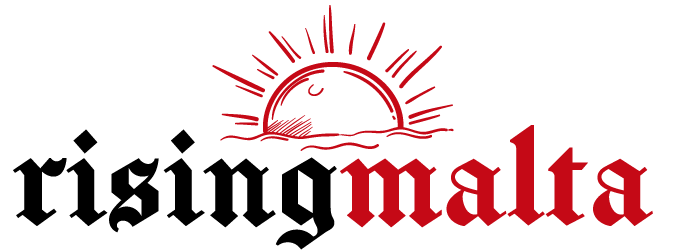
Euro Area Government Debt Predominantly in Euro
Staff Report , Published: June 14, 2024, 3:06 pm

At the end of 2023, the vast majority (more than 99.5%) of central government gross debt in euro area countries was denominated in euros. This uniformity contrasts with the varied structures seen in debt maturity, instruments, and institutional sectors holding the debt across the EU.
For Denmark, Czechia, and Sweden, over 90% of their central government gross debt was denominated in their national currencies. However, Bulgaria and Romania had more than 50% of their central government gross debt denominated in foreign currencies (75% and 51%, respectively). Hungary (30%) and Poland (24%) also had notable shares of foreign currency debt, mostly denominated in euros.
### Increase in Apparent Cost of Debt Across Most EU Countries
Between 2022 and 2023, the apparent cost of government debt increased in all EU countries except Italy, Denmark, and France. This rise was primarily due to new debt issuances carrying higher interest rates than the debt they replaced.
In 2023, Hungary reported the highest apparent cost of general government gross debt at 6.8%, followed by Poland and Romania at 4.5%. The lowest apparent costs were seen in Luxembourg (1.2%), and the Netherlands and Germany (both 1.4%).
This data is based on the latest release from Eurostat on general government debt in the EU, providing insights into the currency denomination, debt instruments, and the apparent cost of debt across member states.